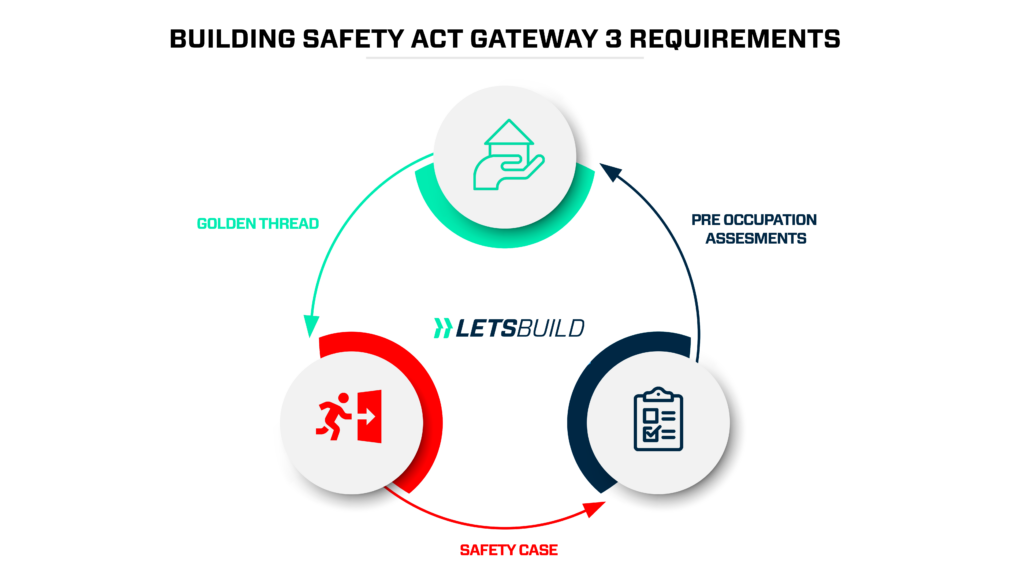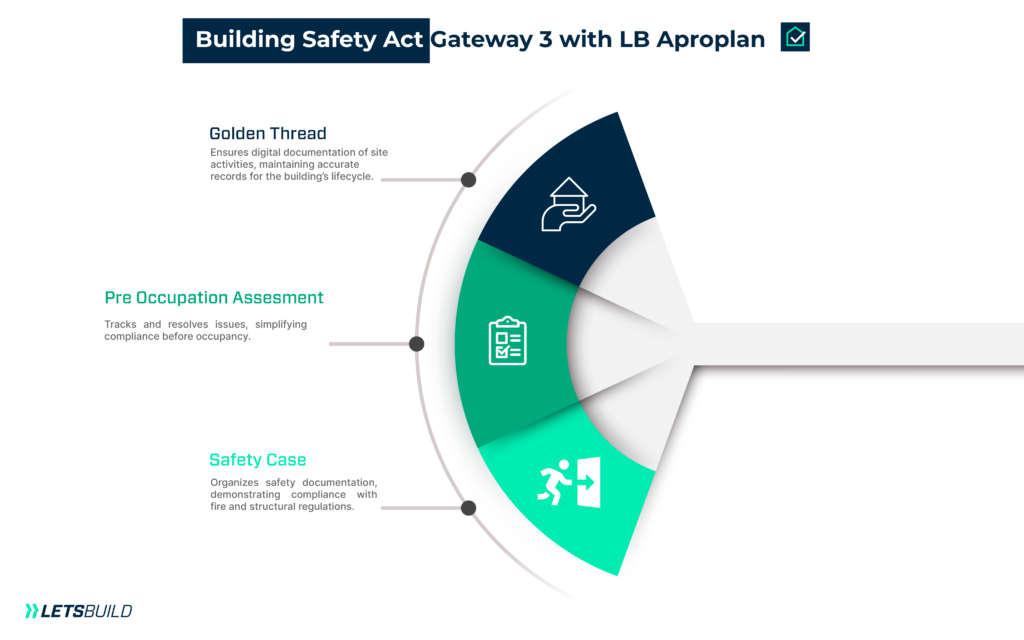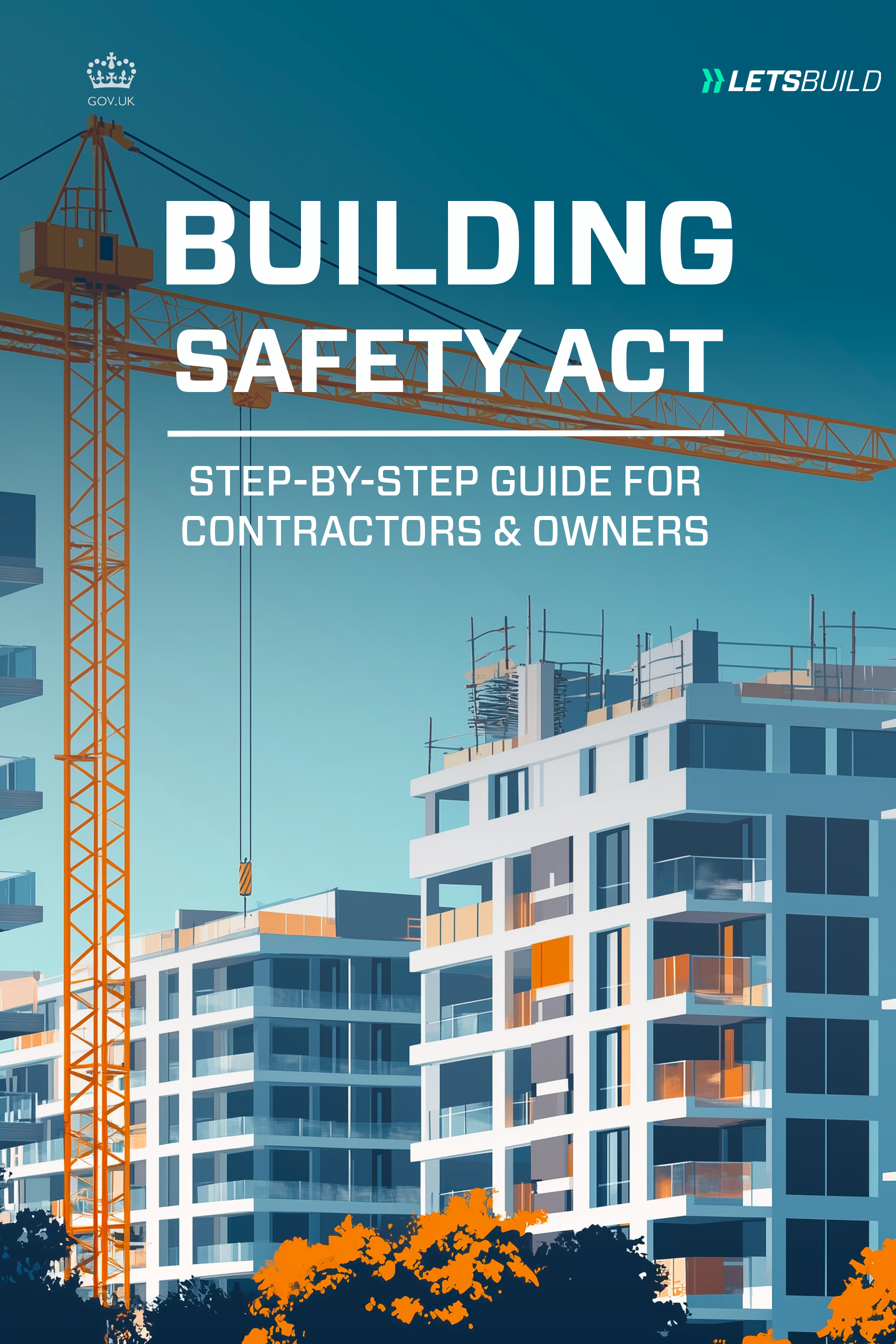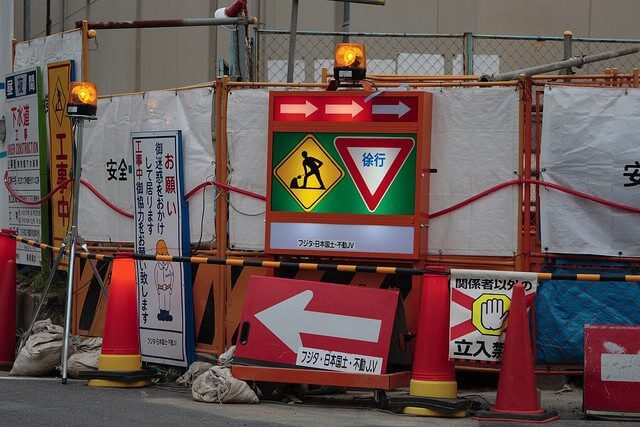The Building Safety Act 2022 marks a significant shift in the UK’s approach to the construction, maintenance, and safety of higher-risk residential buildings. This legislation admits a fundamental truth: the UK’s building safety was in crisis. Competency, quality assurance, and a clear delineation of roles and duties throughout the building lifecycle were all severely missing.
The new regulatory framework seeks to address these shortcomings by developing a strong, transparent system for building management. It is intended to offer property owners with the tools they need to maintain high safety standards while also providing the home-building industry with a clear and effective framework for delivering homes that are not only of high quality but, more significantly, safe to live in. Under the new legislation, people in charge of the design, construction, and completion of higher-risk buildings must meet stringent competency criteria. This means that each people involved must have the appropriate skills, knowledge, and experience to carry out their roles effectively.
Furthermore, companies must demonstrate that their organisations have the appropriate capabilities, particularly in digital and technological skills—areas that are proving to be challenging for many.

Gateway 3 applications will be introduced in October 2023 as a critical component of the Building Safety Act’s implementation timeline. Under the new standards, authorities will require all higher-risk residential buildings (HRRBs) to comply with all applicable building safety regulatory framework requirements before issuing completion certifications.
This stringent requirement creates substantial hurdles, especially when essential information is spread across multiple systems and stakeholders. In many cases, important papers have not yet been digitised; they are still in hard copy or older electronic formats such as PDFs. This condition makes it extremely difficult to determine what information may be missing, especially since there is no consolidated view of the accessible data.
Download our guide: Building Safety Act Guide for Contractors & Building Owners
What are the Gateways of the Building Safety Act?
The Building Safety Act establishes three new crucial decision points known as “Gateways” to improve monitoring and regulatory control over higher-risk buildings, such as residential complexes, care homes and hospitals, that are 18 meters or more tall or have at least seven floors. These Gateways are strategically placed at critical points of the design and construction process to ensure thorough safety inspections and compliance.
These Gateways function as a sequence of inspections, evaluations, and assessments, with each acting as a critical “stop/go” decision point. At these stages, possible safety hazards can be recognised and resolved before moving on to the next phase of the project, ensuring that buildings are safe before construction begins, ends, and is occupied.
Gateway 1: Planning Application Stage
The first Gateway occurs during the planning application stage. The goal here is to incorporate fire safety factors into relevant building design concepts. Before planning permission is given, the following must be demonstrated:
- Local Planning Authorities (LPAs) are obligated to engage with the Building Safety Regulator (BSR) for buildings subject to this regulation.
- All comprehensive planning applications must include a fire statement that details how fire safety has been included into the design.
- The BSR will then review each application and advise the LPA on fire safety issues relevant to land use planning.
By requiring these steps, Gateway 1 ensures that fire safety is a foundational consideration right from the outset of the planning process.
Watch our webinar: The golden thread explained: tools and strategies for seamless compliance
Gateway 2: Before Construction Begins
The second Gateway is installed before any building work begins. At this point, construction cannot commence until the BSR is satisfied that the proposed design meets the functional requirements of building regulations and that a building control permission application has been submitted and approved. To pass via Gateway 2, applicants must:
- Provide a detailed summary of the proposed work, including information about the building, the site, and important stakeholders such as the client, principle contractor, and principal designer.
- Include conventional building information such a site plan, borders, and a comprehensive fire and emergency file.
- Submit a construction control plan outlining how building work will be managed to guarantee compliance with building regulations, as well as a building regulations compliance statement explaining the reason for the chosen strategy.
- Provide a change control plan for any planned changes, as well as a partial completion strategy if applicable.
Gateway 2 ensures that all components of the construction are thoroughly planned and in accordance with safety rules before to the first brick being set.
Gateway 3: Completion of Building Work
The third and final Gateway occurs after construction is completed. At this point, the client, main designer, and principal contractor must all submit and sign the completion certificate application. This application must confirm that, to the best of their knowledge, the higher-risk residential building (HRRB) as built conforms with all applicable building codes.
To acquire the completion certificate, there must be sufficient evidence that the building is erected in accordance with the approved plans and meets all regulatory criteria. Only after passing Gateway 3 can the new building be registered with the BSR, and once registered, it can be lawfully occupied.
Gateways: New Decision Points During Design and Construction

What is Gateway 3 of the Building Safety Act?
Gateway 3 is the final checkpoint in the Building Safety Act, indicating the “stop/go” stage before asset owners can begin relocating occupants to a higher-risk building. It is the important point at which the completed construction must demonstrate full conformity with all applicable building codes. This step is a demanding process that ensures the highest safety criteria are reached before occupancy is permitted.
Contractors must submit a Gateway 3 application to the Building Safety Regulator (BSR) after completing all building work. This application comprises a detailed building safety case. This submission must include unambiguous evidence that the construction meets regulatory criteria and that a high level of construction quality was attained. Furthermore, it must be supported by certified statements from the principle designer and principal contractor confirming that the building meets all regulations.
Building Safety Act Gateway 3 Requirements
To successfully pass Gateway 3, the application must include a detailed and exhaustive set of documents and evidence. Here are the critical components that must be provided:
- As-Built Drawings and Documentation:
- The Gateway 3 proposal should include thorough as-built drawings of the building, documenting every element of the finished project. These drawings must include all on-site adjustments to the original engineer and architect plans, ensuring that what is produced matches exactly what was intended and approved.
- Furthermore, the documentation must include records of what has been installed on-site, including the locations of all mechanical, electrical, and public health systems and components. This degree of detail is critical for ensuring that all systems are properly installed and compliant with safety laws.
- Safety Case Report:
- As part of the handover procedure, contractors must prepare a Safety Case Report. This report is a thorough document demonstrating that the building is safe to occupy and meets all applicable safety regulations. It should include a complete analysis of the building’s primary fire and structural risks, as well as details on how these risks were identified, mitigated, and effectively managed.
- The Safety Case Report must also describe how safety is handled and monitored on a continuous basis, ensuring that all potential dangers have been identified and resolved. This proactive approach to risk management is critical to sustaining strong safety standards throughout the building’s existence.
- Golden Thread of Information:
- All information submitted as part of the Gateway 3 application must be thoroughly documented and delivered to the building owner. This ensures that the golden thread of information is not interrupted.
- The golden thread is critical for continuous safety management because it enables building owners and managers to gain a clear and comprehensive understanding of the facility’s design, construction, and safety measures. This transparency is critical for preventing safety hazards and ensuring that the facility remains in compliance with rules throughout time.

Preparing for Building Safety Act Gateway 3
To successfully submit a Gateway 3 application, contractors must supply the asset owner with crucial building information, as-built records, and safety case documentation in digital format. This digital handover is required for acquiring a Completion Certificate and ensuring that clients have constant access to accurate, high-quality, and up-to-date information about the building. Such openness is critical for efficiently managing building safety concerns across the asset’s entire lifecycle.
Traditionally, handover information was dispersed across multiple formats, systems, and platforms, such as contractor Common Data Environments (CDEs) or Quality Management systems. While these systems can manage building project data, they frequently lack a cohesive strategy that is customised to the needs of the Building Safety Act and Gateway 3. Without a dedicated platform for compiling a thorough building safety case and maintaining the golden thread of information, contractors and asset owners may struggle to grasp the completeness and compliance of their data.
Read Also : 7 tips for managing health and safety in construction efficiently
Read Also : What are the common safety violations in construction work and how can you avoid them?
Supporting Gateway 3 Compliance with LB Aproplan
While LB Aproplan is not a comprehensive Gateway 3 management platform, it does provide valuable tools to help contractors prepare for and navigate the Building Safety Act’s obligations. LB Aproplan focusses in snagging, checklists, and compliance procedures, which are crucial in ensuring that all components of the building process satisfy the required standards prior to, throughout, and after the Gateway 3 stage.
Contractors can utilise LB Aproplan to efficiently manage on-site work, collect real-time data, and keep track of inspections and safety checks. This technique aids in the early detection and resolution of any issues, ensuring that all snagging and checklist items are completed before moving on to the final compliance tests required for Gateway 3.
Furthermore, LB Aproplan can help support the development of a strong safety case, which is an essential component of Gateway 3. By offering a platform for extensive safety documentation and continual monitoring, LB Aproplan enables contractors to demonstrate that they have taken all required procedures to ensure the building’s safety and compliance with regulations.

Project Success and Digital Solutions
Using innovative technology and digital solutions, such as LB Aproplan, can considerably improve the construction process by offering clear oversight and assisting in the maintenance of high safety standards. LB Aproplan is an effective tool for organising snagging, checklists, and safety documentation, enabling contractors to meet the Building Safety Act’s severe standards and simplifying the path to Gateway 3 compliance.
Schedule a demo with one of our specialists to get a better understanding of how LB Aproplan may help you with your construction management needs.




